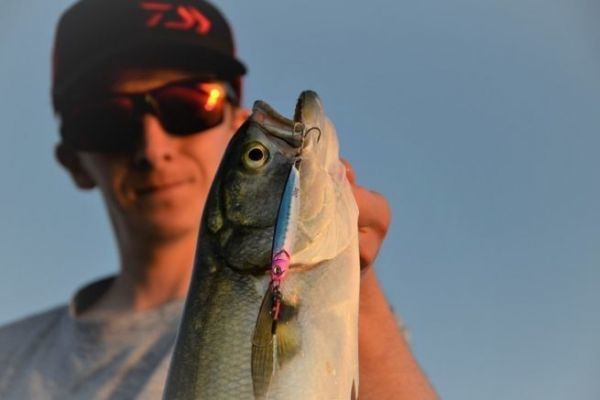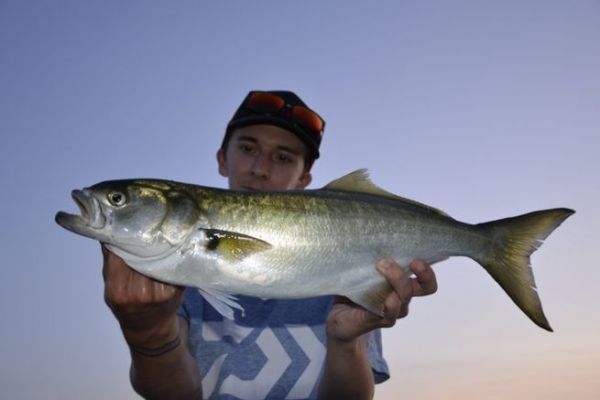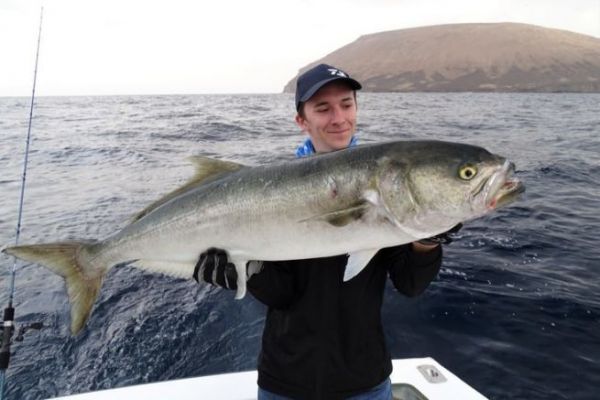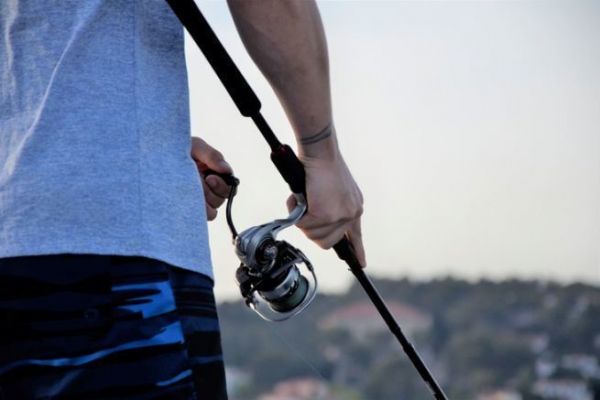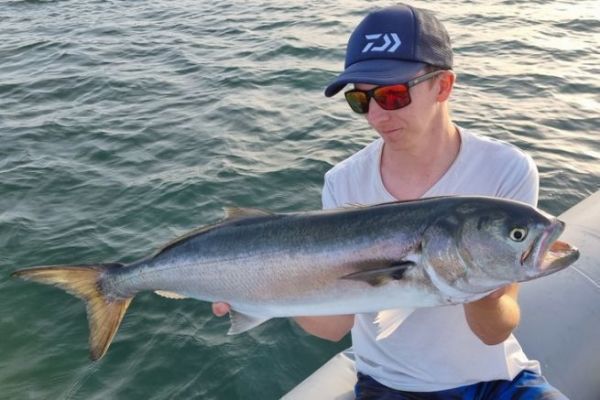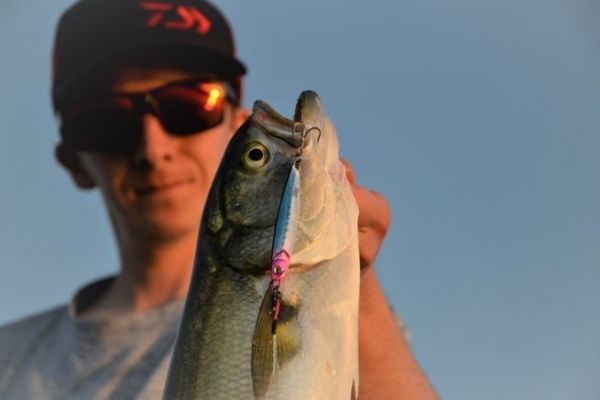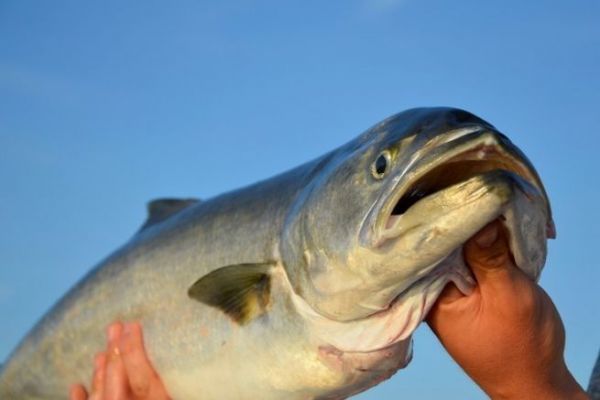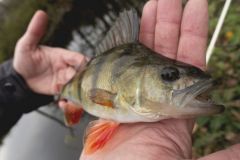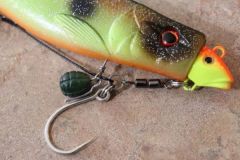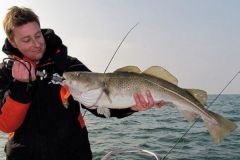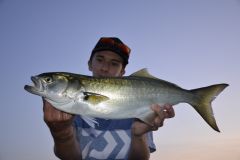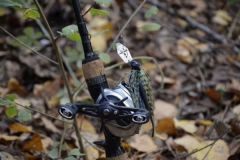Overseas use
Tassergal is a fish found in many countries around the world and in many oceans and seas. It is as much in demand in Australia as in the United States, via Europe and North Africa.
Among the most popular lures used around the world are the casting jig and its distant brass relatives. The latter are often customized, with anglers adding feathers or pieces of plastic to the hook to slightly increase realism in the water. Today, thanks to technical advances in lure manufacture, casting jigs can be obtained that swim perfectly well, even at low speeds.
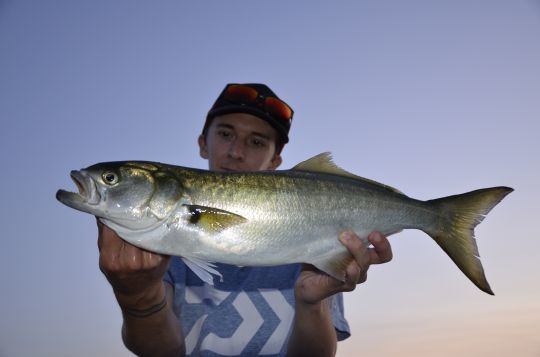
Significant advantages
The casting jig is a lure with many interesting features when fishing for tassergal. Firstly, the high density of its body allows us to cast it at very long distances. Tassergals can be very close to the bank, but often stay at a good distance when fishing pressure is high. It's perfect for fishing from the shore, on beaches near river mouths such as the Rhône, the Ebre or all the other small coastal rivers of the Mediterranean.
The casting jig also allows us to prospect all water layers quickly to find the fish. When fish are wary, especially in summer when human activity is high, the casting jig is ideal for fishing far away without the tassergals being able to see or hear us.
Shapes and colors
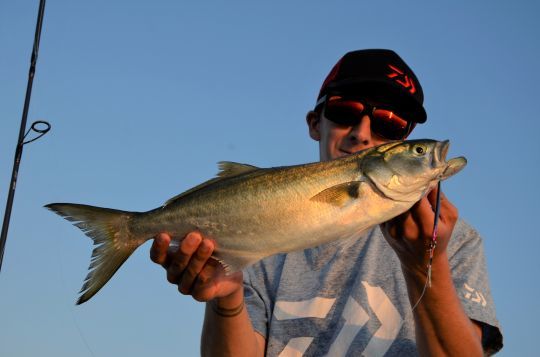
The tassergal is a fish that feeds as well on anchovies and sardines as it does on large garfish. As a general rule, it's best to use small jigs with a fine profile at the start of the season. At this time of year, they are often seen hunting on the surface in shoals of 4 or 5 of the same size. Larger fish are generally solitary and difficult to lure if our jig doesn't match their current diet. Of course, blue, white and grey colors are the most effective for imitating the forage fish found near our coasts.
Short, compact jigs are to be avoided at all costs, as the sharp teeth of a tassergal that engages your jig will very easily sever your leader. If you spot the presence of garfish, the favourite meal of tassergals, don't hesitate to choose a very long casting jig to imitate their shape.

 /
/ 